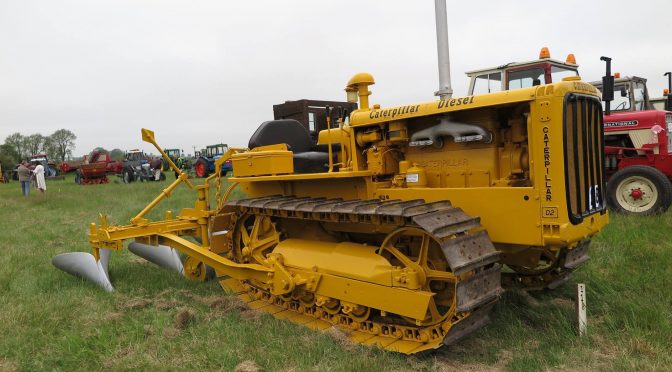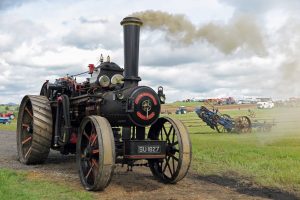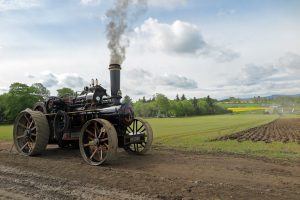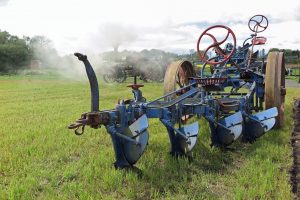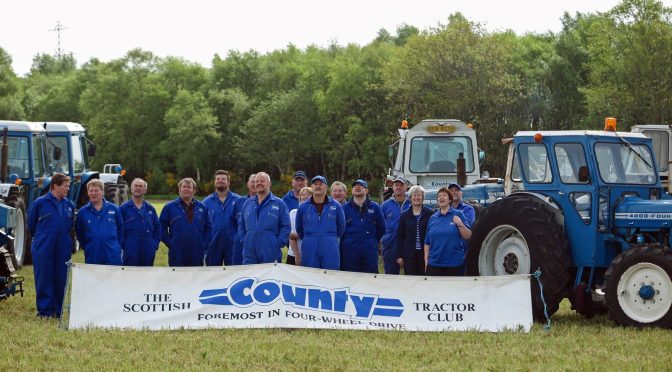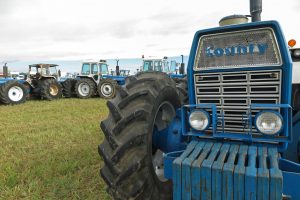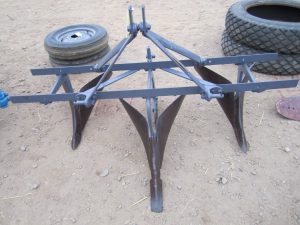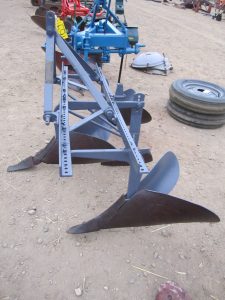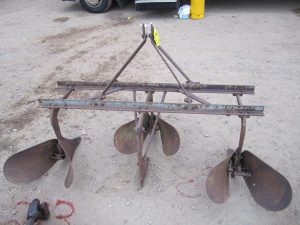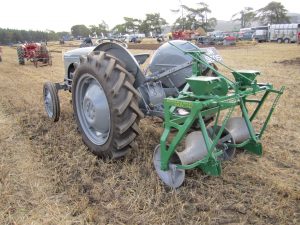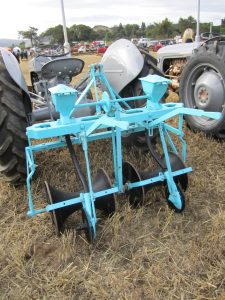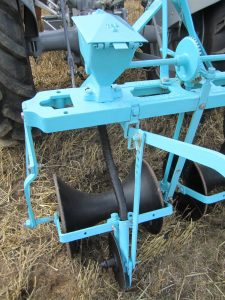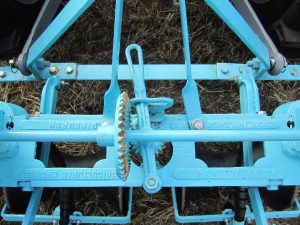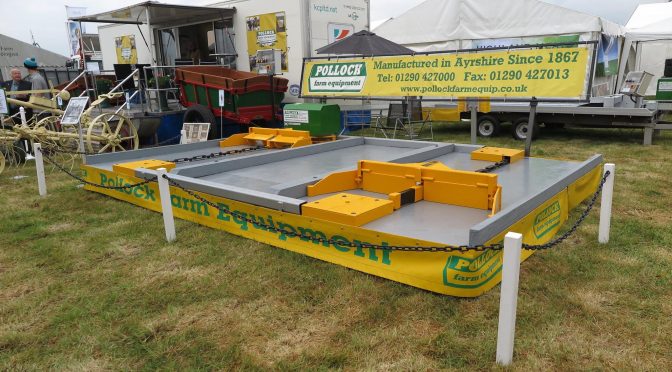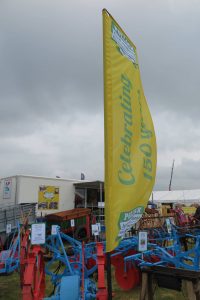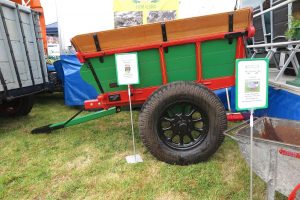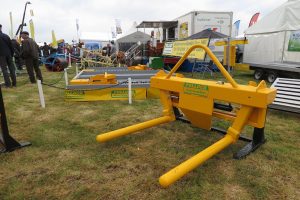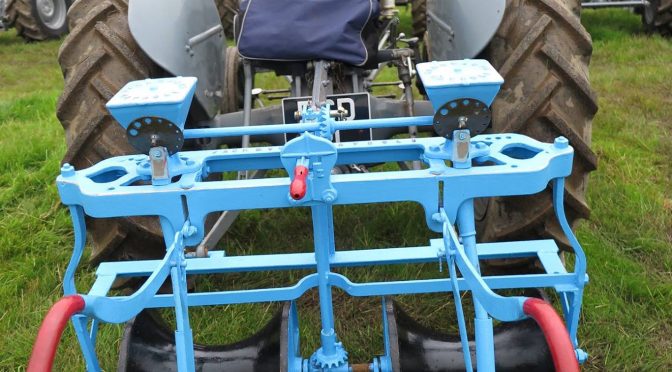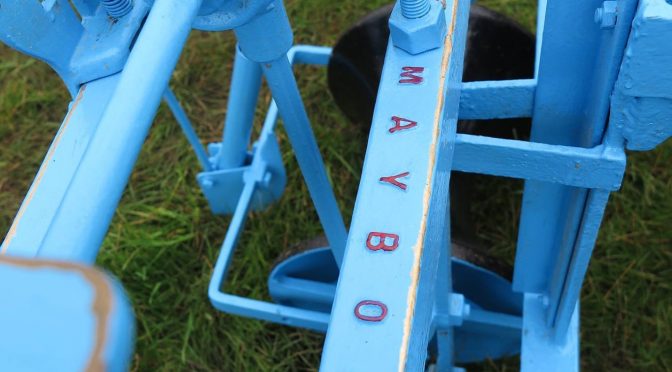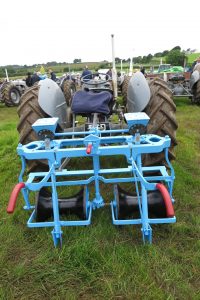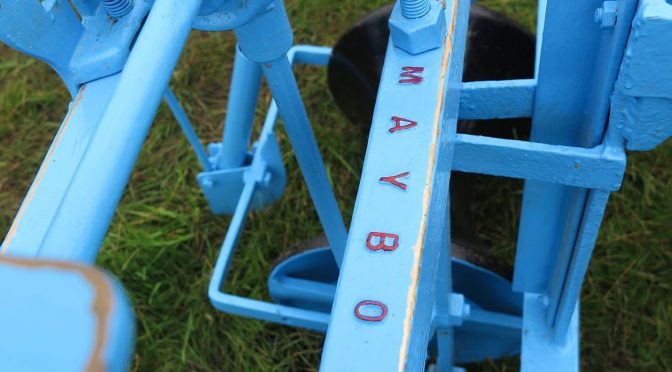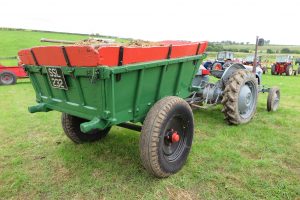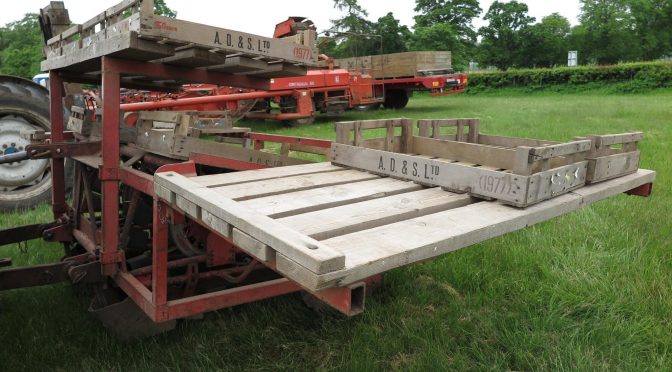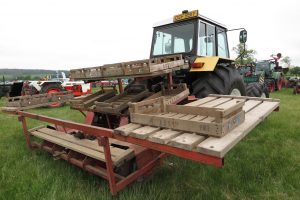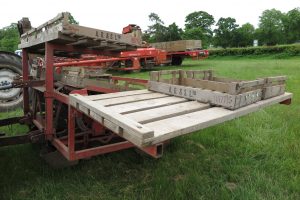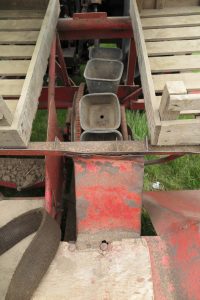 If you are familiar with the history of Alexander Jack & Sons, Maybole, in the nineteenth and early twentieth centuries you will be aware of john Marshall, a partner in the business. When the business was dissolved on 22 January 1876 by the sole partner, Alexander Jack, it was then carried out by Alexander Jack and John Marshall, “engineers, agricultural implement makers and wood merchants” in Maybole. Marshall continued to be a partner in the firm until his death in 1909; by 1905 he was also a managing director.
If you are familiar with the history of Alexander Jack & Sons, Maybole, in the nineteenth and early twentieth centuries you will be aware of john Marshall, a partner in the business. When the business was dissolved on 22 January 1876 by the sole partner, Alexander Jack, it was then carried out by Alexander Jack and John Marshall, “engineers, agricultural implement makers and wood merchants” in Maybole. Marshall continued to be a partner in the firm until his death in 1909; by 1905 he was also a managing director.
 When the North British Agriculture wrote a series of pen pictures of the most important figures in the Scottish agricultural implement and machinery trade in 1893 they included John Marshall. That newspaper’s account provides insights into his life and work as well as that of Alexander Jack & Sons. It reads:
When the North British Agriculture wrote a series of pen pictures of the most important figures in the Scottish agricultural implement and machinery trade in 1893 they included John Marshall. That newspaper’s account provides insights into his life and work as well as that of Alexander Jack & Sons. It reads:
“Provost Marshall, as he is generally called, on account of having for some years been Provost of Maybole, is well known throughout the length and breadth of the United Kingdom as the head of the eminent agricultural engineering firm of Messrs Jack & Sons, Maybole. At all the leading shows, not only in Scotland but also in England and Ireland, the “Caledonian” reapers and mowers are certain to be seen, and Mr Marshall is sure to be there with them. The firm of Messrs Jack & Sons was founded 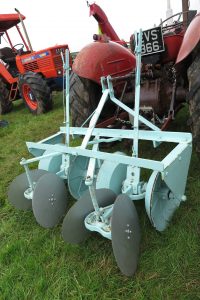 by Mr Marshall’s father-in-law, Mr Jack, who in 1835 began business in a small way as a wood merchant, cartwright, and agricultural implement maker at Auchendraine, on the banks of the Doon, near Maybole. The site of the works originally held by this firm now forms part of the beautiful grounds of Mr James Coates, who recently succeeded his father, the late Sir Peter Coates, of Paisley thread fame. In 1852, Mr Jack purchased the site of the present works of the firm and built these works from his own plans. In 1876, Mr Marshall became partner with Mr jack and, on the death of Mr Jack, Mr Marshall became sole partner of the firm. Under Mr Marsahll’s skilful and energetic management the business of Messrs Jack & Sons has continued to flourish in a marked degree, and the works of this firm are now amongst the most extensive of the kind in
by Mr Marshall’s father-in-law, Mr Jack, who in 1835 began business in a small way as a wood merchant, cartwright, and agricultural implement maker at Auchendraine, on the banks of the Doon, near Maybole. The site of the works originally held by this firm now forms part of the beautiful grounds of Mr James Coates, who recently succeeded his father, the late Sir Peter Coates, of Paisley thread fame. In 1852, Mr Jack purchased the site of the present works of the firm and built these works from his own plans. In 1876, Mr Marshall became partner with Mr jack and, on the death of Mr Jack, Mr Marshall became sole partner of the firm. Under Mr Marsahll’s skilful and energetic management the business of Messrs Jack & Sons has continued to flourish in a marked degree, and the works of this firm are now amongst the most extensive of the kind in 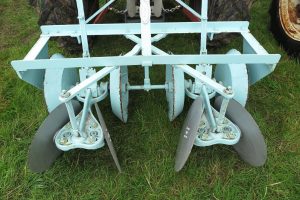 Scotland, while the name of the firm is accepted throughout the whole of the United Kingdom as an absolute guarantee of the high quality of the implements turned out at these works. The principal implements made by Messrs Jack & Sons are the “Caledonian Buckeye” reapers and mowers, together with rick lifters, cultivators, carts, rollers, potato diggers, horse rakes, turnip owes, &c. They also carry on a large home timber trade, having extensive sawmills both at Maybole and in the north of Ireland, which gives them special facilities for the manufacture of carts, vans, lorries, and wheels, for which their name is widely known
Scotland, while the name of the firm is accepted throughout the whole of the United Kingdom as an absolute guarantee of the high quality of the implements turned out at these works. The principal implements made by Messrs Jack & Sons are the “Caledonian Buckeye” reapers and mowers, together with rick lifters, cultivators, carts, rollers, potato diggers, horse rakes, turnip owes, &c. They also carry on a large home timber trade, having extensive sawmills both at Maybole and in the north of Ireland, which gives them special facilities for the manufacture of carts, vans, lorries, and wheels, for which their name is widely known 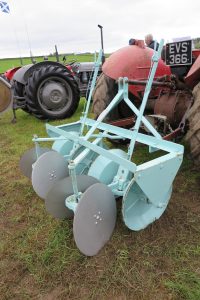 throughout the United Kingdom. Mr Marshall individually is a most genial gentleman, whom it is a pleasure for any one to meet, and no one stands higher than he does in the estimation of his fellow exhibitors. When Mr Anderson, of Messrs Ben Reid & Co., retired from the presidency of the Scottish Agricultural Engineers two years ago, Mr Marshall’s brother engineers expressed their warm appreciation of his many admirable qualities by electing him to the presidency of the Association, and this honourable post he still holds.”
throughout the United Kingdom. Mr Marshall individually is a most genial gentleman, whom it is a pleasure for any one to meet, and no one stands higher than he does in the estimation of his fellow exhibitors. When Mr Anderson, of Messrs Ben Reid & Co., retired from the presidency of the Scottish Agricultural Engineers two years ago, Mr Marshall’s brother engineers expressed their warm appreciation of his many admirable qualities by electing him to the presidency of the Association, and this honourable post he still holds.”
Next time you see an Alexander Jack & Sons implement or machine around the Scottish rlally fields, think about the important role played by John Marshall.
The photographs were taken at the Ayrshire vintage rally, July 2016.
 the 1930s to the early 1950s and you wanted to purchase a Caterpillar tractor you might have thought about purchasing one from L. O. Tractors Ltd of Perth. L. O. Tractors of St Catherine’s Road, Perth, were already operating as an agricultural tractor distributor in 1938; they continued in business until at least the end of 1950. Local directories also record them in 1939 as an engineer, iron founder and millwright, as well as an agricultural tractor distributor. Their agencies included Caterpillar and John Deere.
the 1930s to the early 1950s and you wanted to purchase a Caterpillar tractor you might have thought about purchasing one from L. O. Tractors Ltd of Perth. L. O. Tractors of St Catherine’s Road, Perth, were already operating as an agricultural tractor distributor in 1938; they continued in business until at least the end of 1950. Local directories also record them in 1939 as an engineer, iron founder and millwright, as well as an agricultural tractor distributor. Their agencies included Caterpillar and John Deere. In 1948 they exhibited at the Royal Highland Show a range of Caterpillar track type tractors, as well as equipment for them made by The Birtley Co. Ltd, Birtley, Co. Durham, tractors and agricultural machinery manufactured by Deere & Co., Moline, Illinois. They also sold the “Angus” single and double row potato diggers, also sold by Jack Olding & Co., Herts.
In 1948 they exhibited at the Royal Highland Show a range of Caterpillar track type tractors, as well as equipment for them made by The Birtley Co. Ltd, Birtley, Co. Durham, tractors and agricultural machinery manufactured by Deere & Co., Moline, Illinois. They also sold the “Angus” single and double row potato diggers, also sold by Jack Olding & Co., Herts.